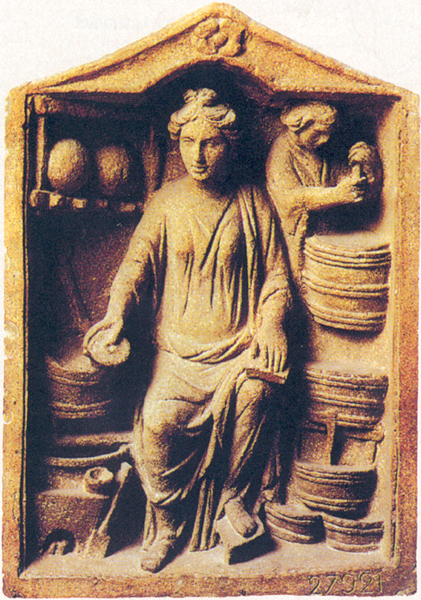Origins: On the Pill
Even William’s Pink Pills for Pale People and Bayer Aspirin have ancestors in the ancient world

As soon as man began to write, it seems, he was giving medical advice. Prescriptions and formulas are plentiful in the literature of ancient Mesopotamia. One cuneiform tablet suggests the following for an undisclosed ailment: “Pulverize the seed of the carpenter plant, the gum resin of the markasi plant, and thyme; dissolve in beer; let the man drink.”
Mesopotamian medicaments, however effective, are all liquid preparations. The Sumerians, Babylonians and Assyrians apparently knew nothing of what is for us the most common kind of dosage: the pill.
The earliest-known reference to pills comes in Egyptian medical papyri from the second millennium B.C. The most complete medical document is the so-called Ebers Papyrus, which was acquired in Luxor in 1869 by an American adventurer named Edwin Smith, who then sold it to the German Egyptologist Georg Ebers. In 1875 Ebers published a facsimile edition of the 110-page-long papyrus scroll, which dates to the ninth year of the reign of Pharaoh Amenophis I (1525–1504 B.C.).
Already a library member? Log in here.
Institution user? Log in with your IP address.

